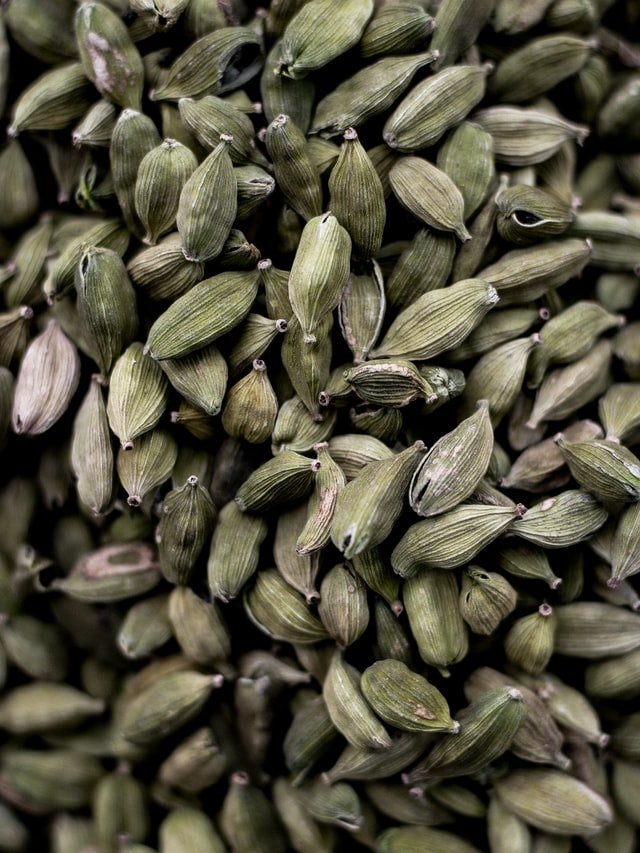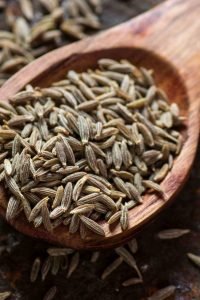There are many ways to use dill weed in cooking. The herb is used in pickling and in making cheese. It is also used to flavor vegetables, sauces and soups. Dill weed can be used in almost any dish that needs a little extra flavor.
There are some dishes that lend themselves to the flavors of dill weed. Dill weed is often used as an ingredient for baked goods such as breads, muffins and cakes. Dill weed can also be mixed with sour cream or mayonnaise for use as an appetizer dip, or mixed with sour cream and cucumbers for use as a salad dressing.
Note that fresh dill should be stored in the refrigerator for longer storage. To keep your fresh dill weed fresher longer, chop off the stems before storing it in the fridge.
Dill weed has a fresh, green aroma and a slightly spicy taste. It is used in many recipes and tastes best when fresh. Dill weed can be used to flavor fish dishes, vegetables, salads, sauces, soups and other dishes.
Treat your family to a delightful meal by incorporating dill weed into your recipes. Below is a list of recipes that include dill weed for your convenience.
There are many ways to use dill weed in cooking, but first you should know a little bit about what it is. Dill weed, or dill, is a herb that belongs to the celery family. It has bright green leaves and white flowers. The leaves of the herb have a sweet, fresh flavor that complements vegetables and soups. They are used in salads and pickling as well as a variety of cooked dishes. In fact, it’s an ingredient in numerous recipes.
Dill Weed Recipes
Dill weed is so versatile that it can be included in your favorite recipes without changing their flavor too much. It can be mixed with eggs, meats and sauces or sprinkled on top of soup and rice dishes. These recipes include:* Dill-Lime Chicken Salad* Dill Potato Salad* Dill Potato Soup* Dill Pickles* Dill Mayonnaise* Dill Rice Mix* Dilly Beans**(For detailed instructions on each recipe, visit http://www.herbcraft–com/recipes/dill-weed-recipes)**
Dill Weed, which is also known as Anethum graveolens, is a perennial herb. It belongs to the family Apiaceae and the genus Anethum. Due to its pungent smell, it is often used to flavor foods. In addition to being an excellent herb, dill weed can also be used as a medicinal plant.
A culinary herb, Dill Weed is used for its fresh, mild flavor. It is also used as a garnish and has a high nutritional value. The most common use of Dill Weed is to flavor pickles and other foods.
Dill Weed can be found in the following recipes:
Spicy Chicken Curry with Spinach (Serves 4)
2 tablespoons oil
1 onion, chopped
2 cloves garlic, minced
1 tablespoon chili powder
Dill is an herb that grows green leaves on a tall stalk. The leaves are spiky, and the stalks can grow to over two feet tall. The leaves are often used in salads or used to make tea. The seeds are used whole or ground up. They can be sprinkled over food, made into a tea, or added to wine.
Taste: Dill has an aroma of caraway and anise, with a taste that is sweet and aromatic.
Benefits: Dill is high in Vitamin K1 which helps prevent blood clots. It also helps relieve gastrointestinal distress, such as heartburn and gas. In addition, it helps relieve stress and anxiety.
Dill weed (Anethum graveolens) contains essential oils and dill seed oil. It has been shown to help treat digestive problems such as colic, stomach cramps, and flatulence.
Asafoetida, also known as hing, is a spice made from the dried latex of a giant fennel-like plant called Ferula foetida. It is available in whole and ground forms and is used most often in Indian cuisine. This spice has a distinctive pungent flavor and smell that resembles onion or garlic but also has undertones of dill weed.
If you are having trouble finding this item in your local grocery store, it may be because it has another name by which it is more commonly known. Known as stinking gum or Devil’s dung, asafoetida is an old herb that is still widely used today.
This herb is best added to dishes at the end of the cooking process, although a small amount added while the dish is being cooked will not cause a problem. Be careful not to over cook or burn asafoetida, because this will cause a bitter taste to develop in the dish.
Asafoetida can be stored for up to five years if kept in an airtight container away from heat and light. When stored properly, it does not need to be refrigerated.


